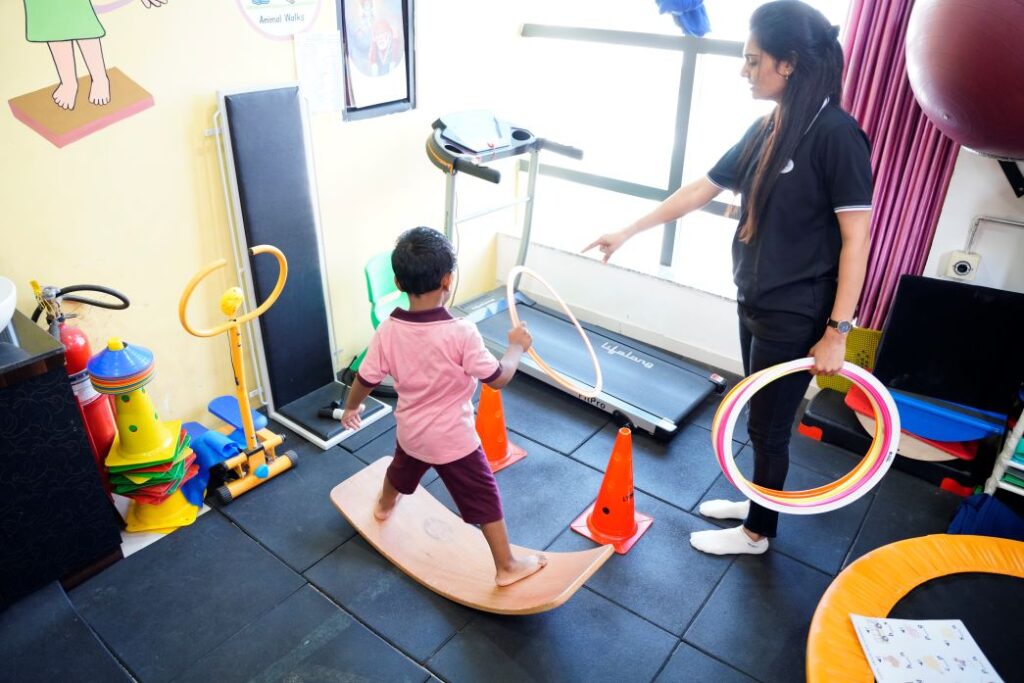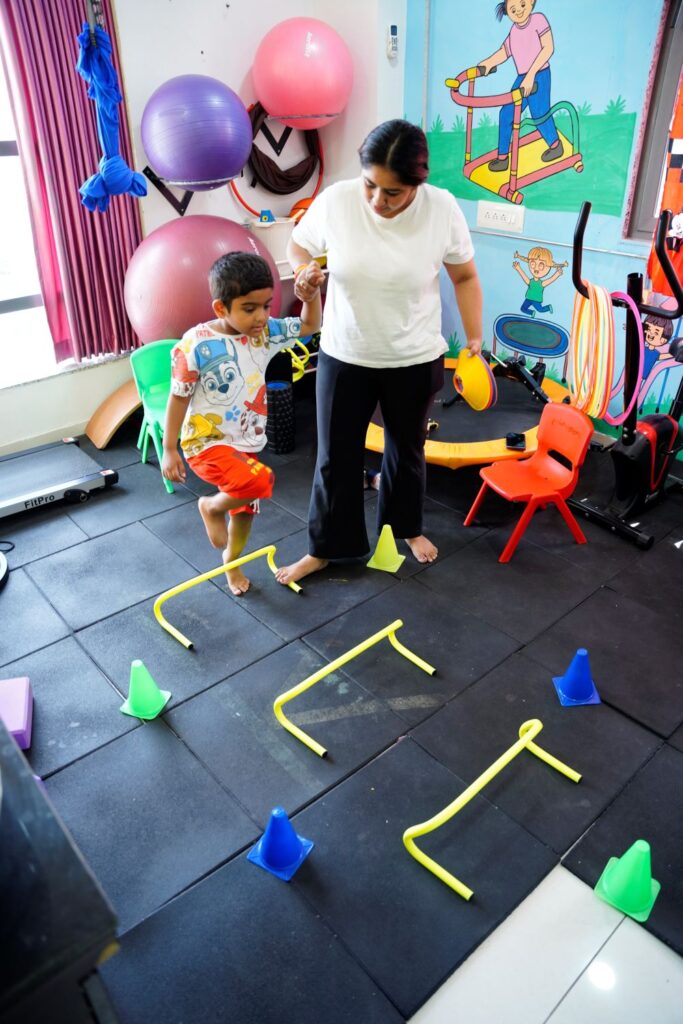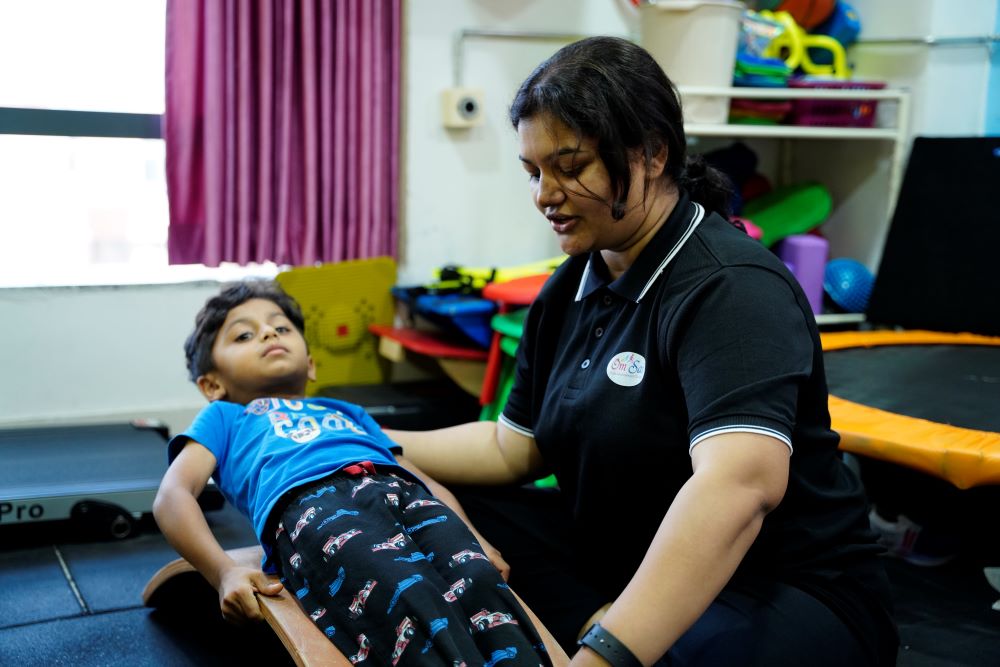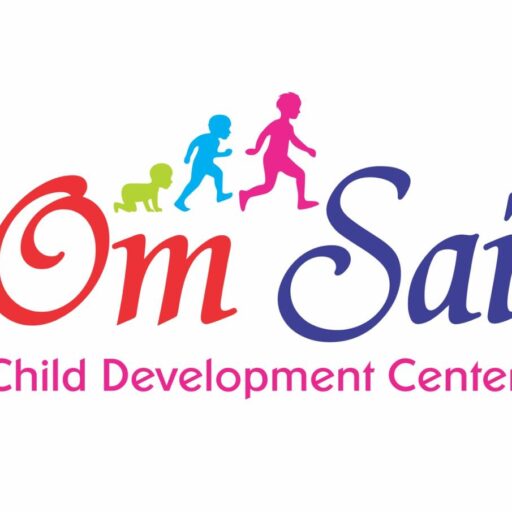What is Occupational Therapy?
OT helps individuals develop, recover, or maintain daily living and work skills despite physical, cognitive, or mental disabilities.



Goals of Occupational Therapy:
1. Enhance daily living skills (ADLs)
2. Improve fine motor skills and hand-eye coordination
3. Develop sensory integration and processing
4. Support cognitive development and executive function
5. Promote independence and self-care
6. Enhance social participation and community integration
Techniques Used:
1. Activity analysis and adaptation
2. Sensory integration techniques
3. Motor skills training (e.g., handwriting, dressing)
4. Cognitive training (e.g., attention, memory)
5. Assistive technology and adaptive equipment
6. Play-based therapy
7. Parent-child interaction therapy
Target Areas:
1. Daily living skills (e.g., bathing, feeding)
2. Fine motor skills (e.g., handwriting, buttoning)
3. Gross motor skills (e.g., running, balance)
4. Sensory processing and integration
5. Cognitive development (e.g., attention, problem-solving)
6. Social skills and community participation
Benefits:
1. Improved daily living skills and independence
2. Enhanced fine and gross motor skills
3. Better sensory processing and regulation
4. Improved cognitive function and executive skills
5. Increased social participation and confidence
6. Enhanced overall quality of life
Who Benefits from Occupational Therapy:
1. Children with developmental delays
2. Autism Spectrum Disorder (ASD)
3. ADHD
4. Cerebral palsy
5. Down syndrome
6. Sensory Processing Disorder (SPD)
7. Neurological conditions (e.g., stroke, spinal cord injury)
Occupational Therapy at Om Sai Child Development Center:
1. Individualized therapy sessions
2. Family-centered approach
3. Collaborative work with other therapists (PT, speech)
4. Parent training and support
5. Home program development
6. Regular progress monitoring and assessment
Occupational Therapy Sessions:
1. Initial assessment and goal setting
2. Regular therapy sessions (30-60 minutes)
3. Progress monitoring and adjustments
4. Discharge planning and follow-up support
Occupational Therapy Equipment:
1. Sensory integration equipment (e.g., swings, trampolines)
2. Fine motor training tools (e.g., playdough, puzzles)
3. Adaptive daily living equipment (e.g., specialized utensils)
4. Assistive technology devices (e.g., communication aids)
5. Play-based therapy materials (e.g., toys, games)
